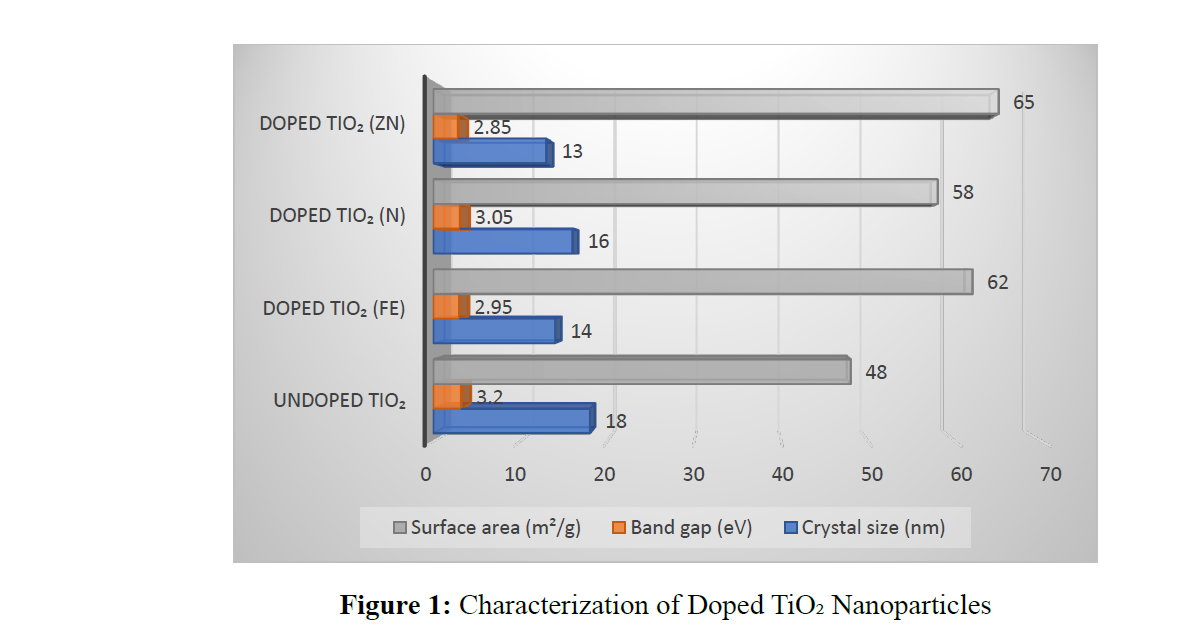Photo-Catalytic Degradation of Antibiotic Residues Using Doped Tio₂ Under Natural Sunlight
Keywords:
- Photocatalysis, Doped TiO₂, Antibiotic Residues, Wastewater Treatment, Natural Sunlight
Abstract
The widespread presence of antibiotic residues in wastewater poses significant environmental and public health challenges, primarily due to their persistence and contribution to antibiotic resistance. This study investigates the photocatalytic degradation of antibiotic residues using doped titanium dioxide (TiO₂) nanoparticles under natural sunlight. TiO₂ was doped with metals and non-metals to enhance its photocatalytic efficiency by reducing the band gap and increasing visible light absorption. Characterization of the doped nanoparticles showed decreased crystal size, increased surface area, and improved light absorption compared to undoped TiO₂. The photocatalytic experiments demonstrated that doped TiO₂ significantly outperformed undoped TiO₂ in degrading antibiotic residues, with Zn-doped TiO₂ showing the highest degradation efficiency of up to 95% after 5 hours. The study also highlighted the optimal pH conditions for maximum degradation. Statistical analysis confirmed the significant impact of doping on photocatalytic performance. These findings suggest that doped TiO₂ nanoparticles are promising materials for the efficient and sustainable removal of antibiotic contaminants from wastewater using solar energy.






